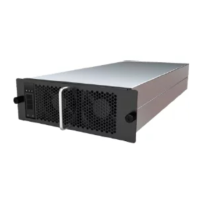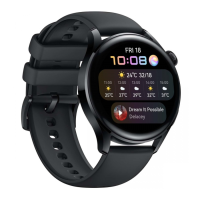What to do if my Huawei R100030G1 Battery Charger shows input overvoltage, undervoltage, or phase failure?
- TTracie BryanAug 15, 2025
If your Huawei Battery Charger indicates input overvoltage, undervoltage, or phase failure, take the following steps: 1. Verify that the input voltage to the charging module is within the normal range and rectify any issues. 2. Check the input cables and circuit breakers of the charging module to ensure they are functioning correctly; repair or replace if necessary. 3. Try exchanging the slot of the module with a normally functioning module. If the problem remains only in the original slot, there may be an issue with the slot itself that requires attention. 4. If the fault persists even after swapping slots, consider replacing the module or contacting technical support.






